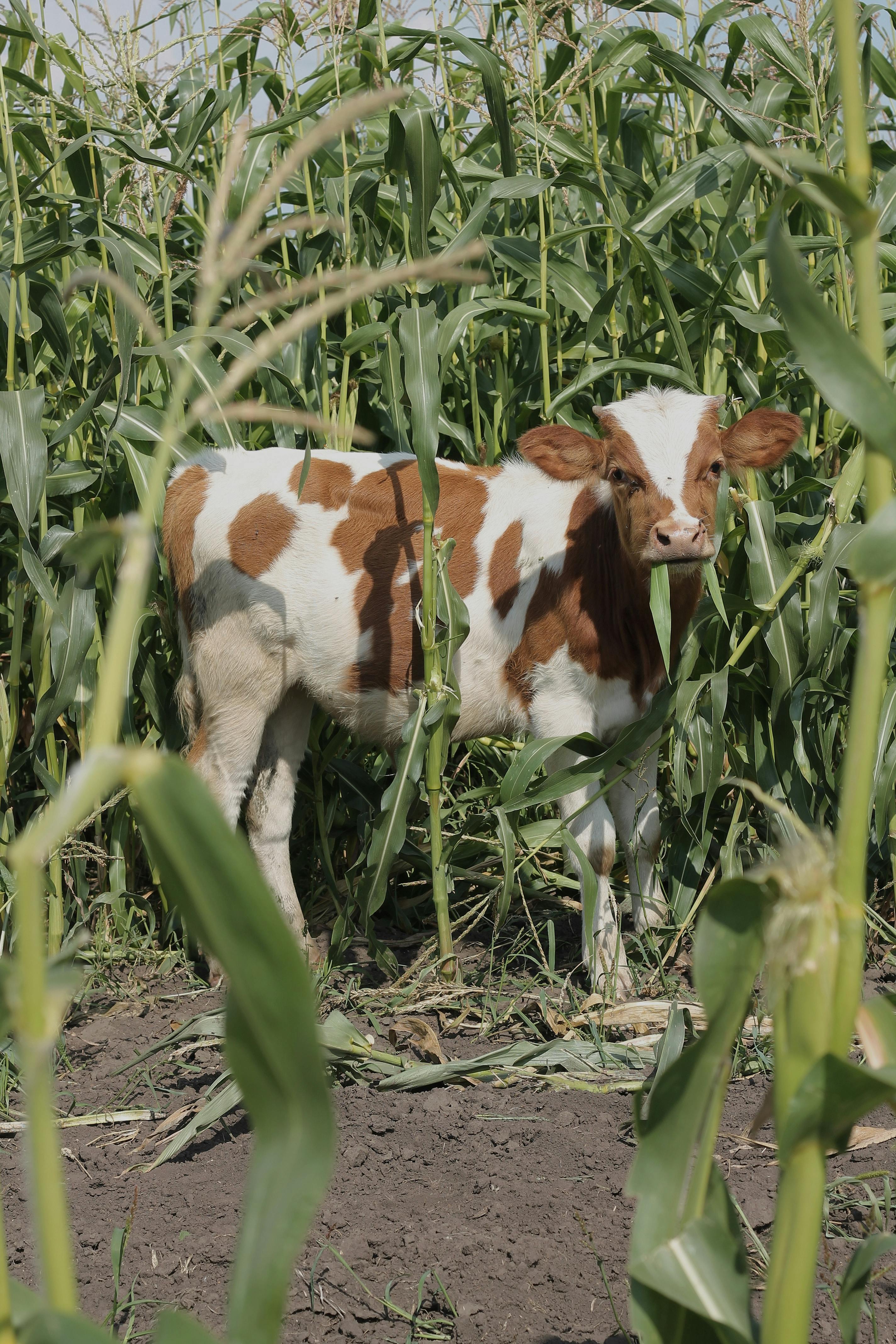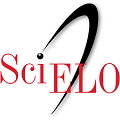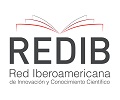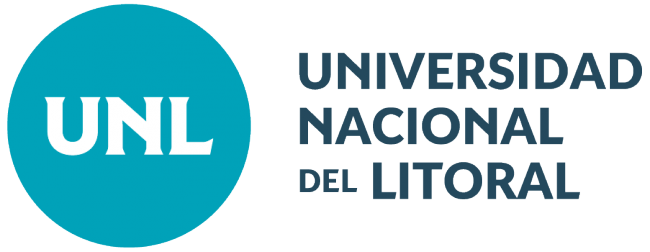Fat mobilization syndrome in beef cows due to poor adaptation to corn silage consumption
DOI:
https://doi.org/10.14409/favecv.2025.1.e0039Keywords:
hepatic lipidosis, beef cattle, maizeAbstract
An outbreak of fat mobilization syndrome in breeding cows due to lack of adaptation to confinement is described in Salta, Argentina. The incidence was 8% and the lethality was 67%. Clinical signs included depression, unsteady gait, weakness, and eventual recumbency and death. Some animals in the final stages exhibited nervous signs such as blindness and walking in circles. Necropsy revealed mild jaundice in subcutaneous tissue, vascular endothelia, and organs in general, along with marked hepatomegaly, ocher coloration, and a greasy texture to the touch. Microscopically, severe hepatic lipidosis and retention of bile pigments were observed. Additionally, elevated levels of aspartate aminotransferase (AST=489±277), alkaline phosphatase (ALP 895±207 IU/L), and urea (48±13 mmol/L) were noted. Hepatic lipidosis is a well-known condition in dairy cows but is rarely described in breeding cows.
References
Ametaj B, Bradford B, Bobe G, Lu Y, Nafikov R, Sonon R, Young J, Beitz D. 2002. Acute phase response indicates inflammatory conditions may play a role in the pathogenesis of fatty liver in dairy cows. J. Dairy Sci. 85: 189.
Asres A, Amha N. 2014. Effect of stress on animal health: A review. J. Biol. Agricul. Healthcare 4: 116-121.
Bobe G, Young JW, Beitz DC. 2004. Invited review: pathology, etiology, prevention, and treatment of fatty liver in dairy cows. J. Dairy Sci. 87: 3105-3124. DOI: 10.3168/jds.S0022-0302(04)73446-3.
Bombik E, Sokół J, Pietrzkiewicz K. 2020. Fatty liver disease in dairy cattle – risk factors, symptoms and prevention. Roczniki Naukowe Polskiego Towarzystwa Zootechnicznego 4: 51-58. DOI:10.5604/01.3001.0014.6072.
Butler WR, Cherney DJ, Elrod CC. 1995. Milk urea nitrogen (MUN) analysis: field trial results on conception rates and dietary inputs. Cornell Nutrition Conference for Feed Manufacturers, USA. Pp. 89-95.
Butler WR. 1998. Review: Effect of protein nutrition on ovarian and uterine physiology in dairy cattle. J. Dairy Sci. 81: 2533-2539.
Cayssials FG y Cantón GJ. 2017. Engorde a corral de vacas. Artículo de divulgación, Sitio Argentino de Producción Animal. Consulta online 2 de septiembre de 2024: https://produccion-animal.com.ar/informacion_tecnica/invernada_o_engorde_a_corral_o_feedlot/200-Engorde_a_corral_vacas.pdf
Contreras GA, Sordillo LM. 2011. Lipid mobilization and inflammatory responses during the transition period of dairy cows. Comp. Immunol. Microbiol. Infect. Dis. 34: 281-289. DOI: 10.1016/j.cimid.2011.01.004.
Contreras PA. 1990. Enfermedades metabólicas más frecuentes asociadas al metabolismo energético y mineral en ovejas gestantes. En: Medicina Preventiva en Rebaños Ovinos. Ed. N. Tadich ed. Gráfica Sur. Valdivia-Chile, pp. 69-76.
Contreras PA. 1997. Caracterización y diagnóstico de desbalances nutricionales que limitan la producción en rebaños bovinos de pequeños productores de leche en Valdivia-Chile. En: I Encuentro de Facultades Latinoamericanas con Servicios de Asistencia Técnica a Pequeños Productores Rurales. Salto, Uruguay, pp. 83-104.
Costa EF, Mattioli GA, Giuliodori MJ, Arauz S, Fazzio LE, Quiroga MA y Urruzola M. 2011. Descripción de un caso de cetosis y lipidosis hepática en vacas de cría. Revista Argentina de Producción Animal 31: 1-47.
Djoković R, Kurćubić V, Ilić Z, Cincović M, Petrović M, Fratrić N, Jašović B. 2013. Evaluation of metabolic status in Simmental dairy cows during late pregnancy and early lactation. Veterinarski Archiv. 83: 593-602.
Fleming SA. 2006. Distúrbios metabólicos. En: Smith BP (Eds), Medicina interna de grandes animais (3a. ed. pp. 1241-1247). Editora Manole.
González FD, Muiño R, Pereira V, Campos R, Benedito JL. 2011. Relationship among blood indicators of lipomobilization and hepatic function during early lactation in high-yielding dairy cows. J. Vet. Sci. 12: 251-255. DOI:10.4142/jvs.2011.12.3.251.
Gradin T. 1997. Assessment of stress during handling and transport. J. Anim. Sci. 75: 249-257. DOI:10.2527/1997.751249x.
Grummer RR. 1993. Etiology of lipid-related metabolic disorders in periparturient dairy cows. J. Dairy Sci. 76: 3882. DOI:10.3168/jds.S0022-0302(93)77729-2.
Herdt TH. 2000. Ruminant adaptation to negative energy balance. Influences on the etiology of ketosis and fatty liver. Vet. Clin. North. Am: Food Anim. Pract. 16: 215-30. DOI:10.1016/S0749-0720(15)30102-X.
Morrow DA, Hillman D, Dade AW, Kitchen H. 1979. Clinical investigation of a dairy herd with the fat cow syndrome. J. Am. Vet. Med. Assoc. 174:161–167.
Radostits OM, Gay CC, Blood DC, Hinchcliff KW (2002). Enfermedades metabólicas. En: Radostits OM, Gay CC, Blood DC, Hinchcliff KW (Eds). Medicina Veterinaria. Tratado de las enfermedades del ganado bovino, ovino, porcino, caprino y equino (9na ed. pp. 1683-1752). Editorial McGraw-Hill Interamericana.
Rehage JK, Qualmann C, Meier N, Stockhofe-Zurwieden M, Hoeltershinken, Pohlenz J. 1999. Total serum bile acid concentrations in dairy cows with fatty liver and liver failure. Dtsch. Tieraerztl. Wochenschr. 106: 126-129.
Rehage J, Meier C, Kaske M, Scholz H. 2001. Changes in the amino acid ratio and ammonia concentration in plasma and cerebrospinal fluid of dairy cows suffering from hepatosteatosis and liver failure. J. Dairy Sci. 84:152.
Rook JS. 2000. Pregnancy Toxemia of Ewes, Does, and Beef Cows, Veterinary Clinics of North America: Food Animal Practice. 16: 293-317. DOI:10.1016/S0749-0720(15)30107-9.
Winton TS, Nicodemus MC, Harvey KM. 2024. Stressors Inherent to Beef Cattle Management in the United States of America and the Resulting Impacts on Production Sustainability: A Review. Ruminants. 4: 227- 240. DOI:10.3390/ruminants4020016.

Downloads
Published
How to Cite
Issue
Section
License
Copyright (c) 2025 Gabriela V. SANDOVAL, Alvaro F. RUIZ, Juan F. MICHELOUD

This work is licensed under a Creative Commons Attribution-NonCommercial-ShareAlike 4.0 International License.
FAVE Sección Ciencias Veterinarias ratifies the open access model, in which contents (in full) are available free to anyone in the internet. The costs of production and publication are not transfered to the authors. This policy intends to break social and economical barriers that generate inequities in the access to information, and for the publication of research results.
All articles can be accessed at http://bibliotecavirtual.unl.edu.ar/publicaciones/index.php/FAVEveterinaria/issue/current/, under license Creative CommonsAtribución-NoComercial-Compartir Igual 4.0 Internacional.










